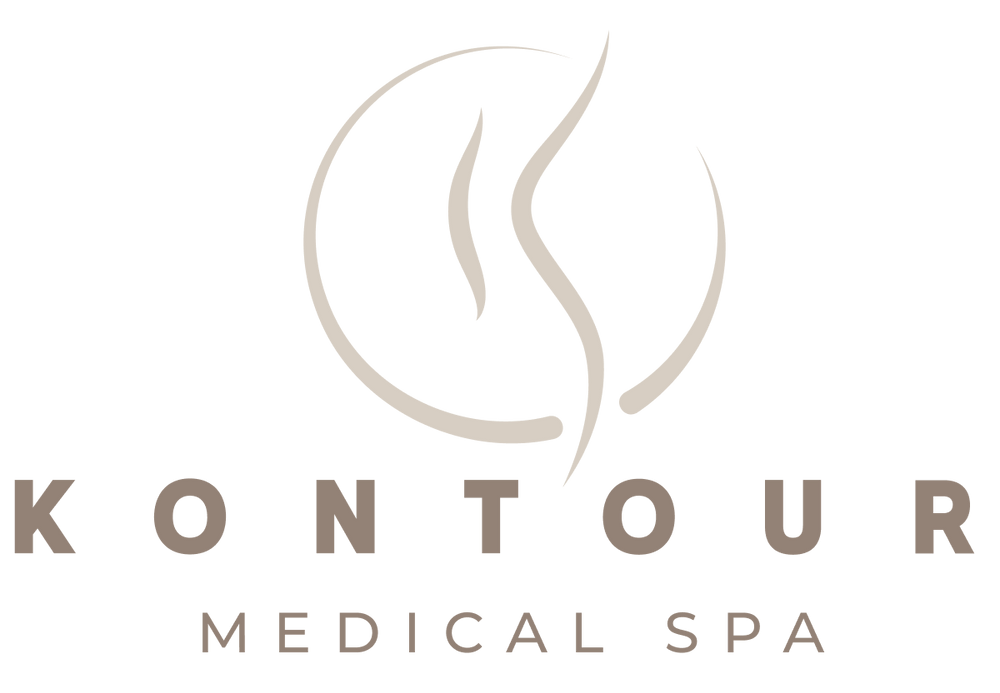
The Ultimate Guide to Dermal Fillers
 >
>
What Are Dermal Fillers?
Dermal fillers are injectable treatments designed to add volume, smooth wrinkles, and restore a youthful contour to the face. Most fillers are made from hyaluronic acid, a naturally occurring substance in the skin that plays a key role in maintaining hydration and elasticity. This makes them not only effective but also safe and well-tolerated by the body.
The Longevity of Dermal Fillers
One of the standout benefits of dermal fillers is their long-lasting results. Depending on the type of filler used and the area treated, you can expect the effects to last anywhere from 6 to 18 months, with some advanced formulations offering up to two years of youthful enhancement. This means you can enjoy your refreshed look for a significant period before considering a touch-up.
What Happens When Fillers Wear Off?
As dermal fillers gradually wear off, the treated areas will slowly return to their pre-treatment state. This process is subtle, so you won’t experience any sudden or dramatic changes in your appearance. Additionally, the effects of hyaluronic acid fillers tend to fade evenly, allowing you to decide if and when you’d like to schedule a follow-up treatment to maintain your results.
Dermal Fillers vs. Botox: What’s the Difference?
While both dermal fillers and Botox are injectable treatments that improve the appearance of fine lines and wrinkles, they work in fundamentally different ways. Botox is a neuromodulator that relaxes the muscles responsible for dynamic wrinkles—those that form due to facial expressions like frowning or smiling. It’s ideal for treating areas such as the forehead, crow’s feet, and frown lines between the eyebrows.
Dermal fillers, on the other hand, address static wrinkles and volume loss. They fill in deep lines, enhance facial contours, and add fullness to areas like the cheeks, lips, and under-eye hollows. The choice between Botox and dermal fillers depends on your specific aesthetic goals, but often, they can be used together for a comprehensive rejuvenation strategy.
The Pros and Cons of Dermal Fillers
Pros:
- Immediate Results: You’ll notice a difference right after your treatment, with full results developing over the following days.
- Versatility: Fillers can be used to enhance various areas of the face, offering solutions for everything from thinning lips to sunken cheeks.
- Minimal Downtime: Most people can return to most normal activities immediately after the procedure, making it a convenient option for those with busy schedules.
Cons:
- Temporary Effects: While long-lasting, dermal fillers are not permanent, so maintenance treatments are necessary to sustain results.
- Potential Side Effects: Though rare, side effects like bruising or swelling can occur. Choosing a skilled injector is key to minimizing these risks.
- Cost: Dermal fillers are typically more expensive than Botox, reflecting their longer-lasting effects and broader application.
Are Dermal Fillers Painful?
Many patients are concerned about potential discomfort during the treatment. The good news is that most dermal fillers contain lidocaine, a local anesthetic that helps minimize pain during the injection process. Additionally, a topical numbing cream can be applied to the treatment area before the procedure to further reduce any discomfort. Most people describe the sensation as a slight pinch or pressure, and any mild post-treatment tenderness usually subsides within a few days.
The Safest Fillers for Your Face
At Kontour Medical Spa, we prioritize your safety and satisfaction. That’s why we primarily use hyaluronic acid fillers, such as Juvederm and Restylane, which are considered the safest option for facial enhancement. Hyaluronic acid is a substance your body naturally produces, which means the risk of allergic reactions is minimal. Plus, if ever needed, the effects of hyaluronic acid fillers can be reversed with an enzyme called hyaluronidase, adding an extra layer of safety and peace of mind.
Downtime and Recovery
One of the biggest advantages of dermal fillers is the minimal downtime. Most clients experience only minor swelling or bruising at the injection sites, which typically subsides within a few days. You can resume most of your regular activities right after your appointment, making dermal fillers a convenient choice for those who want to enhance their look without significant disruption to their daily lives.
What’s the Right Age for Dermal Fillers?
There’s no one-size-fits-all answer to the question of when to start using dermal fillers. Some people begin in their late 20s or early 30s to maintain their youthful appearance and prevent the onset of deeper wrinkles. Others may choose to wait until their 40s or 50s when they notice more significant signs of aging. The best approach is to consult with a qualified healthcare professional who can assess your unique facial anatomy and help you determine the right time to start.
Are Dermal Fillers Worth the Investment?
While dermal fillers are generally more expensive than Botox, many clients find the investment worthwhile due to the longer-lasting and more comprehensive results. Fillers address a broader range of concerns, from fine lines and wrinkles to volume loss and facial contouring, making them a versatile solution for those seeking a natural, refreshed look.
At Kontour Medical Spa, we’re committed to helping you achieve your aesthetic goals with treatments tailored to your unique needs. Whether you’re new to dermal fillers or looking to enhance your existing results, our team of experienced professionals is here to guide you every step of the way. Contact us today to schedule your complimentary consultation and discover the transformative benefits of dermal fillers!

Serving Duluth, Suwanee, Johns Creek, and the North Metro Atlanta Area
Book Your Appointment
Rediscover the radiant you. Schedule your appointment with Kontour Medical Spa to begin designing your ideal med spa experience in Duluth.
(404) 474-7568
Monday-Wed 9 AM-7 PM
Friday 9 AM-6 PM
Saturday-Sunday 10 AM-4 PM
Sitemap | Privacy Policy | Accessibility | Notice of Open Payment Database
